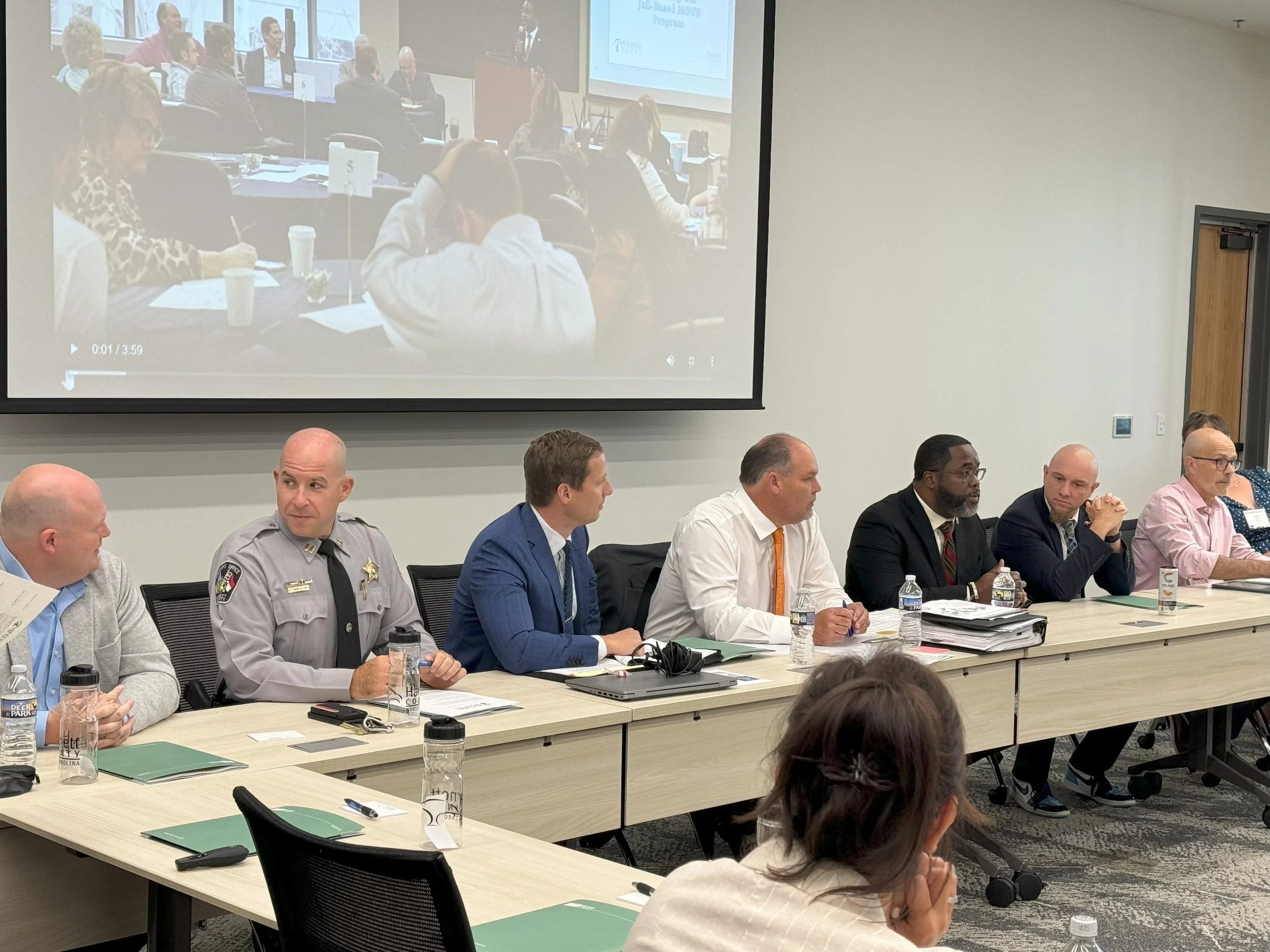Resources for Rural Communities
Use the filters below to search by resource topic, type, and audience.
How Rural Communities Are Using EMS to Help Solve the Opioid Crisis
California is one of just five states in which the rate of death from drug overdoses is higher in rural areas than urban ones. In the California Health Report, PHI’s Bridge Center is highlighted for its program, which trains EMS units to administer medications that help withdrawal symptoms, helping to reach the state’s rural populations with critical care.
Bridging the Gap: Building Capacity for 988 Crisis System Response Needs in Rural Populations
This webinar explores the unique challenges rural communities face in accessing crisis services, from geographic barriers to limited resources. Experts share strategies and promising practices for strengthening rural crisis systems, including insights on implementing the 988-crisis line in rural settings. Real-world examples highlight effective solutions to improve accessibility and ensure timely support for rural populations.
Moving Beyond Addiction: In Eastern Oregon, Drug Use Often Lurks in The Shadows
Discusses hidden fentanyl use in rural Oregon and a new deflection program to divert people from misdemeanor charges into treatment.
Montana's Mental Health Crisis: How One County's Mobile Crisis Response Team Is Filling Gaps and Saving Lives
Gallatin County's mobile crisis response team serves as a model for rural crisis response, focusing on identification, partnerships, creative solutions, and data-driven performance.
The Role of Certified Community Behavioral Health Clinics in Crisis Services and Systems
White paper highlights CCBHCs' role in expanding rural crisis access, leveraging local partnerships and flexible arrangements; includes rural-focused section.
Pain and Progress Through a Rural Lens: Community Violence Intervention Beyond Urban America
Community Violence Intervention (CVI) is being adapted for rural America, with practitioners sharing insights on rural-specific approaches and challenges.
Ask the Expert: Crisis Response in Rural Areas
Webinar features rural Arizona crisis response leaders discussing unique challenges and solutions for implementing crisis programs in small/rural jurisdictions.
Overdose Fatality Review: A Rural Community Approach
A suicide/overdose fatality review (S/OFR) can impact community change and policies. Having the right participants at the S/OFR is critical to positive community engagement. Bringing together cross-sectors of a rural community to create change can bring remarkable success and significant challenges! Protecting our children and future community leaders is a great reason to work toward a solution and put bias aside. In 2019, the Jay County, Indiana, community developed an S/OFR. In 2020, it reviewed its first decedent.
Successful Strategies for Addressing the Opioid Epidemic in Rural Communities: Response Teams
Rural communities across the country are coming up with innovative ways to respond to overdose spikes in their communities through community outreach and response teams, which make contact with individuals and families who have experienced overdose to offer support and connections to services and treatment. This brief is one in a series highlighting projects that are part of the Rural Responses to the Opioid Epidemic (RROE) project.
Successful Strategies for Addressing the Opioid Epidemic in Rural Communities: Law Enforcement- and First Responder-Led Diversion Programs
Communities all over the country are implementing law enforcement- and first responder-led diversion efforts to redirect individuals with SUD, mental health disorders, and co-occurring disorders away from jail and the criminal justice system and into the care of community-based treatment programs. This brief is one in a series highlighting projects that are part of the Rural Responses to the Opioid Epidemic (RROE) project.
Tailoring Crisis Response and Pre-arrest Diversion Models for Rural Communities
This action brief provides rural communities recommended strategies for adapting promising or proven interventions to better support crisis response and pre-arrest diversion in their communities. It is the first of three briefs developed from the Substance Abuse and Mental Health Services Administration (SAMHSA) Prearrest Diversion Expert Panel.











